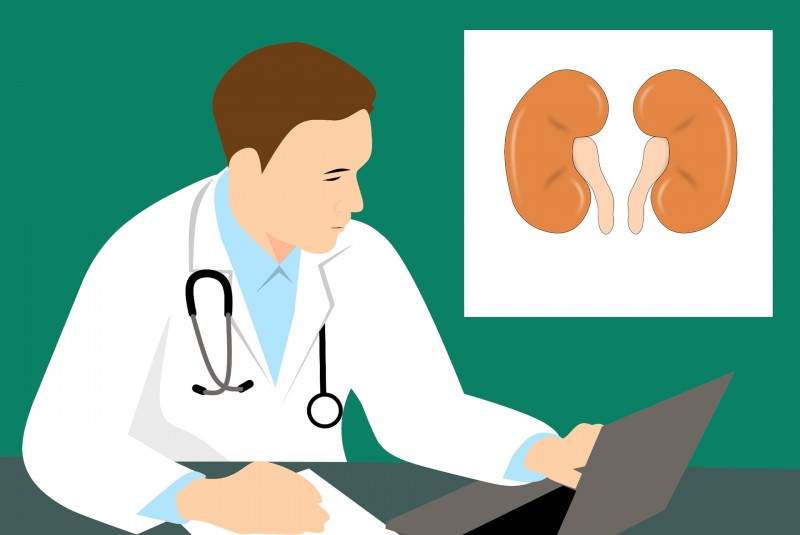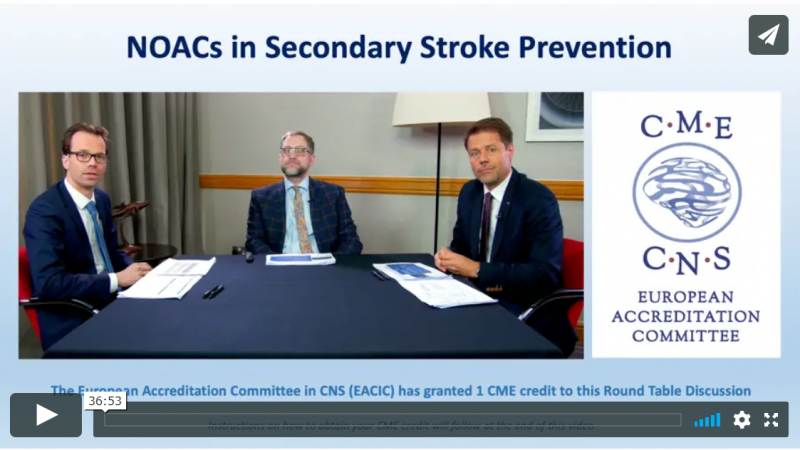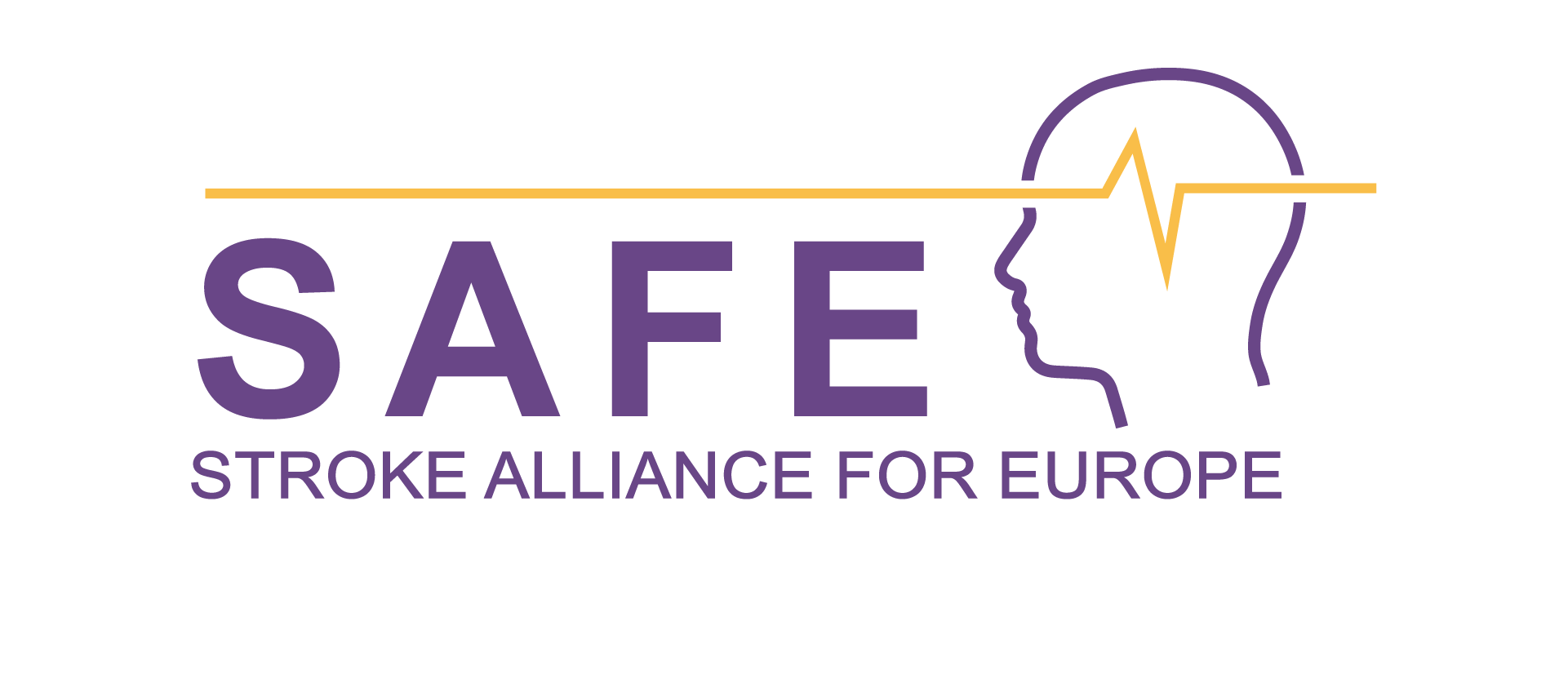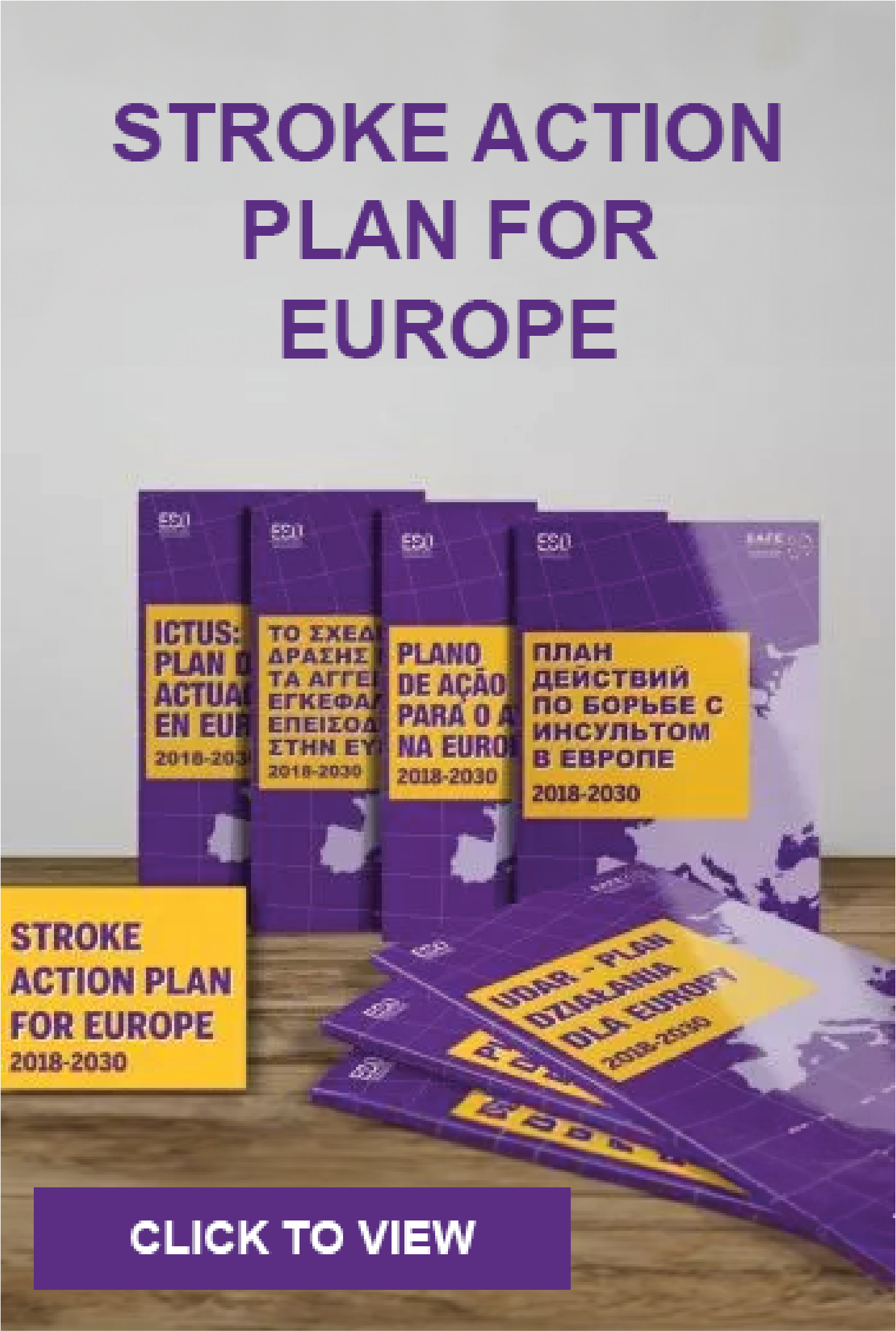
Jul 24, 2019
First published on ScienceDaily.com
A new method of evaluating irregular heartbeats outperformed the approach that’s currently used widely in stroke units to detect instances of atrial fibrillation.
The technology, called electrocardiomatrix, goes further than standard cardiac telemetry by examining large amounts of telemetry data in a way that’s so detailed it’s impractical for individual clinicians to attempt.
Co-inventor Jimo Borjigin, Ph.D., recently published the latest results from her electrocardiomatrix technology in Stroke. Among stroke patients with usable data (260 of 265), electrocardiomatrix was highly accurate in identifying those with Afib.
“We validated the use of our technology in a clinical setting, finding the electrocardiomatrix was an accurate method to determine whether a stroke survivor had an Afib,” says Borjigin, an associate professor of neurology and molecular and integrative physiology at Michigan Medicine.
A crucial metric
After a stroke, neurologists are tasked with identifying which risk factors may have contributed in order to do everything possible to prevent another event.
That makes detecting irregular heartbeat an urgent concern for these patients, explains first author Devin Brown, M.D., professor of neurology and a stroke neurologist at Michigan Medicine.
“Atrial fibrillation is a very important and modifiable risk factor for stroke,” Brown says.
Importantly, the electrocardiomatrix identification method was highly accurate for the 212 patients who did not have a history of Afib, Borjigin says. She says this group is most clinically relevant, because of the importance of determining whether stroke patients have previously undetected Afib.
When a patient has Afib, their irregular heartbeat can lead to blood collecting in their heart, which can form a stroke-causing clot. Many different blood thinners are on the market today, making it easier for clinicians to get their patients on an anticoagulant they’ll take as directed.
Please read the full article here.

Jul 18, 2019
First published on ScienceDaily.com
Several infections have been identified as possible stroke triggers, with urinary tract infections showing the strongest link with ischemic stroke, according to new research in the American Heart Association’s journal Stroke.
Previous research examined infections as triggers of stroke, but were limited to the correlation of acute infections with ischemic stroke, a type of stroke caused by blocked blood vessels in the brain. This study considered a wider range of infections, and examined connections with two other types of stroke: intracerebral hemorrhage, which is caused by a ruptured blood vessel in the brain, and a type of stroke that results from bleeds in the inner lining of the brain, called subarachnoid hemorrhage.
“Healthcare providers need to be aware that stroke can be triggered by infections,” said Mandip Dhamoon, M.D., Dr.P.H., senior study author and associate professor of neurology at the Icahn School of Medicine at Mount Sinai in New York City. “Probing into the previous weeks or months of a patient’s life before the stroke can sometimes help to illuminate the possible causes of stroke if there was an infection during that time.”
The researchers used the New York State Inpatient Databases and Emergency Department Databases from 2006 to 2013, which record all inpatient and emergency department visits to community hospitals in New York state. Electronic health record codes were used to identify hospitalizations and emergency department visits for the three types of stroke and for infections; including skin, urinary tract, septicemia, abdominal and respiratory. Records for hospitalizations for infections were considered for 7, 14, 30, 60, 90, and 120 days prior to the stroke occurrence.
For ischemic stroke, the researchers found that every infection type was linked with an increased likelihood of this type of stroke. The strongest link was seen with urinary tract infection, which was showed more than three times the increased risk of ischemic stroke within 30 days of infection. For all infection types, the magnitude of stroke risk decreased as the time period before ischemic stroke occurred increased.
For intracerebral hemmorhage, the connections with occurrence was strongest for urinary tract infections, septicemia (blood infection) and respiratory infections. Respiratory infection was the only infection related to the occurrence of subarachnoid hemorrhage.
Please read the full article here.

Jul 10, 2019
First published on ScienceDaily.com
Working long hours for 10 years or more may be associated with stroke. People under age 50 had a higher risk of stroke when working long hours for a decade or more.
People who worked long hours had a higher risk of stroke, especially if they worked those hours for 10 years or more, according to new research in the American Heart Association’s journal Stroke.
Researchers reviewed data from CONSTANCES, a French population-based study group started in 2012, for information on age (18-69), sex, smoking and work hours derived from questionnaires from 143,592 participants. Cardiovascular risk factors and previous stroke occurrences were noted from separate medical interviews.
Researchers found:
overall 1,224 of the participants, suffered strokes;
29% or 42,542, reported working long hours;
10% or 14,481, reported working long hours for 10 years or more; and
participants working long hours had a 29% greater risk of stroke, and those working long hours for 10 years or more had a 45% greater risk of stroke.
Long work hours were defined as working more than 10 hours for at least 50 days per year. Part-time workers and those who suffered strokes before working long hours were excluded from the study.
“The association between 10 years of long work hours and stroke seemed stronger for people under the age of 50,” said study author Alexis Descatha, M.D., Ph.D., a researcher at Paris Hospital, Versailles and Angers University and at the French National Institute of Health and Medical Research (Inserm). “This was unexpected. Further research is needed to explore this finding.
Read the full article here.

Jul 8, 2019
First published on ScienceDaily.com
New analysis of 16th-century drawing by Italian doctors concludes da Vinci’s right hand affected by ulnar palsy, rather than stroke
A fainting episode causing traumatic nerve damage affecting his right hand could be why Leonardo da Vinci’s painting skills were hampered in his late career. While the impairment affected his ability to hold palettes and brushes to paint with his right hand, he was able to continue teaching and drawing with his left hand. According to most authors, the origin of da Vinci’s right hand palsy was related to a stroke.
Doctors writing in the Journal of the Royal Society of Medicine reached a different conclusion after analysing a 16th-century drawing of an elderly da Vinci, together with a biography and an engraving of the Renaissance polymath artist and inventor in earlier years.
The authors, Dr Davide Lazzeri, a specialist in plastic reconstructive and aesthetic surgery at the Villa Salaria Clinic in Rome, and Dr Carlo Rossi, a specialist in neurology at the Hospital of Pontedera, focused on a portrait of da Vinci drawn with red chalk attributed to 16th-century Lombard artist Giovan Ambrogio Figino. The drawing is a rare rendering of da Vinci’s right arm in folds of clothing as if it was a bandage, with his right hand suspended in a stiff, contracted position.
Dr Lazzeri said: Rather than depicting the typical clenched hand seen in post-stroke muscular spasticity, the picture suggests an alternative diagnosis such as ulnar palsy, commonly known as claw hand.”
He suggests that a syncope, or faint, is more likely to have taken place than a stroke, during which da Vinci might have sustained acute trauma of his right upper limb, developing ulnar palsy. The ulnar nerve runs from the shoulder to little finger and manages almost all the intrinsic hand muscles that allow fine motor movements.
Please read the full article here.

Jul 4, 2019
This Round Table Discussion reviews NOACs in secondary stroke prevention.
Following completion of this activity, learners will be able to:
- Recall key scientific data of the NOAC trials in SPAF incl. secondary stroke prevention
- Outline key clinical questions when starting patients on NOACs, incl. potential need for reversal
- Select an appropriate NOAC for their AF patients based on these considerations
NOACs in Secondary Stroke Prevention
Faculty:
Robin Lemmens – MD, PhD, Department of Neurosciences, Experimental Neurology, Leuven Research Institute for Neuroscience and Disease, KU Leuven – University of Leuven, Leuven, Belgium
Milan Voško – MD, PhD, Department of Neurology, Kepler Universitätsklinikum, Linz, Austria
Ales Tomek – MD, PhD, FESO, Neurology Department, 2nd Medical Faculty of Charles University, Prague, Czech Republic

Jun 6, 2019
“European Obesity Day celebrated every May, brings people together to raise awareness and increase knowledge about obesity and the many other diseases on which it impacts. The aim is to get coordinated action to improve the prevention and treatment of obesity and ultimately to improve the health and quality of life of those who are living with it. The causes of obesity and overweight are known whereby there is an energy imbalance between calories consumed and calories expended. This is being fueled by an increased intake of energy-dense foods that are high in fat, sugar and salt and an increase in physical inactivity due to the increasingly sedentary nature of many forms of work, changing modes of transportation, and increasing urbanisation. Obesity is a disease often caused by factors largely beyond an individual’s control. It is a highly complex matter whereby changes in dietary and physical activity patterns are often the result of environmental and societal changes associated with development and lack of supportive policies in sectors such as health, agriculture, transport, urban planning, environment, food processing, distribution, marketing and education” said Dr Charmaine Gauci, Superintendent of Public Health, Ministry for Health, Malta.
In the meantime, SAFE is focused on what we could do as individuals to tackle this problem and reduce chances of getting a stroke. In Europe, 51.6% of adults are overweight. Being obese not only increases your risk of high blood pressure, heart disease and diabetes, but also makes you more likely to have a stroke, particularly if you are carrying extra weight around your stomach. Fortunately, this is yet another risk factor that can be potentially altered through a healthy diet, exercise and other lifestyle changes.
The relationship between abdominal obesity and stroke is long established, particularly where other conditions are also present, such as diabetes, high blood pressure and high cholesterol. But there are different opinions as to why the risk is increased in overweight people.
Some studies suggest body mass index (BMI) alone is not a good indicator for stroke risk. Instead, researchers claim excess stomach weight may be a stronger predictor. A waist measurement of over 40 inches in men and over 35 inches in women is classed as abdominal obesity.
If you wish to know more about obesity and stroke, and, more importantly, what you could do to decrease the risk of stroke, please visit our website www.strokeprevention.info for more information.










